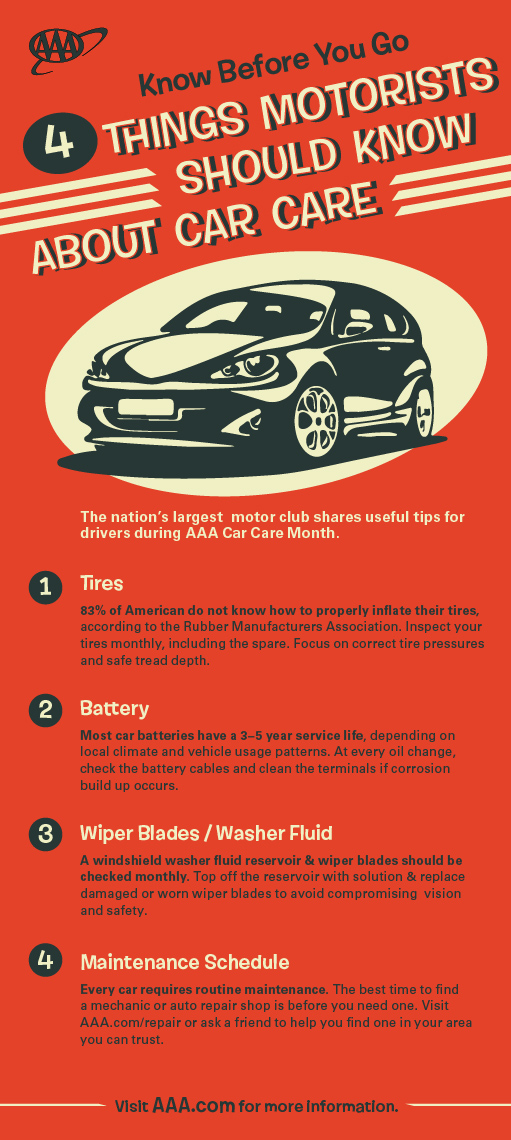Interpreting Your Car'S Alert Lights: Their Real Effects
Interpreting Your Car'S Alert Lights: Their Real Effects
Blog Article
Personnel Author-Hartley Gilbert
When you lag the wheel, those beautiful warning lights on your dashboard can be a bit bewildering. Do you understand what they're trying to tell you regarding your cars and truck's health and wellness? Recognizing the importance of these lights is crucial for your safety and security and the long life of your car. So, the following time among those lights appears, would not you wish to understand its message precisely and take the required steps to address it?
Common Warning Lighting and Interpretations
Determine usual caution lights in your vehicle and recognize their definitions to make certain secure driving.
The most regular warning lights consist of the check engine light, which signifies concerns with the engine or exhausts system. If clean car interior begins, it's crucial to have your car inspected quickly.
The oil pressure cautioning light indicates low oil pressure, needing immediate attention to avoid engine damage.
A blinking battery light may recommend a faulty charging system, potentially leaving you stranded otherwise addressed.
The tire pressure monitoring system (TPMS) light informs you to reduced tire pressure, affecting car security and fuel effectiveness. Neglecting this can bring about unsafe driving problems.
The abdominal light suggests a trouble with the anti-lock braking system, endangering your ability to quit quickly in emergencies.
Last but not least, the coolant temperature level warning light warns of engine overheating, which can cause serious damages otherwise solved swiftly.
Comprehending these typical warning lights will assist you deal with issues promptly and maintain secure driving problems.
Significance of Prompt Attention
Understanding the usual warning lights in your automobile is just the primary step; the relevance of promptly dealing with these warnings can't be stressed enough to guarantee your security on the road.
When a caution light illuminates on your control panel, it's your automobile's method of connecting a potential problem that needs attention. Overlooking these warnings can result in extra extreme troubles down the road, compromising your security and possibly costing you much more in repairs.
Motivate attention to cautioning lights can prevent malfunctions and accidents. As an example, a flashing check engine light might show a misfire that, if left ignored, can trigger damage to the catalytic converter. Addressing this without delay can save you from a pricey fixing.
In a similar way, a brake system advising light may signal reduced brake fluid or worn brake pads, critical components for your safety when driving.
DIY Troubleshooting Tips
If you notice a caution light on your control panel, there are a couple of DIY troubleshooting ideas you can try before looking for professional assistance.
The primary step is to consult your automobile's handbook to recognize what the specific caution light suggests. Often the concern can be as straightforward as a loosened gas cap activating the check engine light. Tightening the gas cap may solve the trouble.
An additional usual problem is a reduced battery, which can set off various alerting lights. Checking car wrap auckland for rust and ensuring they're safe and secure may repair the issue.
If a warning light lingers, you can attempt resetting it by separating the vehicle's battery for a couple of mins and after that reconnecting it. In addition, examining your automobile's fluid levels, such as oil, coolant, and brake fluid, can assist troubleshoot advising lights associated with these systems.
Conclusion
Finally, understanding your auto's warning lights is crucial for keeping your automobile running smoothly and securely. By quickly attending to these alerts and understanding what they imply, you can stay clear of costly repairs and potential break downs.
Keep in mind to consult your auto's manual for certain information on each warning light and act appropriately to guarantee a trouble-free driving experience.
Keep notified, stay safe when traveling!
